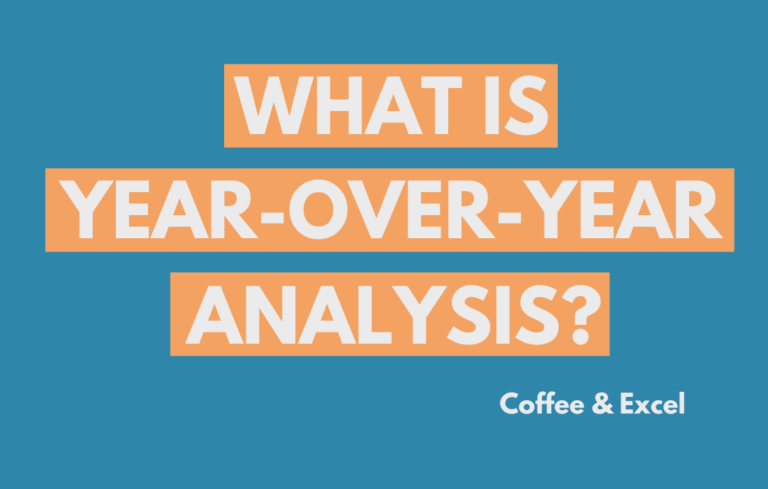What is EBITDA? A Powerful Tool in Financial Analysis
When understanding a company’s financial performance, navigating and interpreting various financial metrics and terms is essential. One acronym that often pops up in financial discussions is EBITDA, which stands for Earnings Before Interest, Taxes, Depreciation, and Amortization. While it may seem daunting at first, it is a straightforward and useful tool for evaluating a company’s profitability and operational performance. Let’s dive deeper into this vital metric.
What is EBITDA?
In simplest terms, EBITDA indicates a company’s financial performance. It measures a company’s profitability before deductions considered ‘optional,’ like interest, taxes, depreciation, and amortisation. By ignoring these factors, it provides a clear view of a company’s operational performance, which is especially useful when comparing companies across industries or geographic regions.
Why is EBITDA Important?
It is crucial for several reasons.
- Comparative Analysis: Since it excludes factors like tax environments, capital structures (interest), and non-cash factors (depreciation and amortization), it offers a ‘cleaner’ profitability measure that is particularly useful when comparing companies across different industries or jurisdictions.
- Investor Confidence: Investors often use it to get a quick snapshot of a company’s profitability and cash flow potential. High EBITDA values can indicate a company’s ability to generate cash, leading to increased investor confidence.
- Acquisitions & Mergers: In the context of mergers and acquisitions, its multiples can be used to estimate the value of a potential acquisition target.
Limitations of EBITDA
Despite its widespread use, it’s important to understand that it is not a perfect metric. Here are a few limitations:
- Ignores Working Capital: It does not consider changes in working capital, possibly leading to overestimations of cash flow.
- Not Suitable for All Industries: For businesses that need significant capital expenditures (CapEx), such as manufacturing, it can overstate profit, as it does not consider the depreciation and amortization that result from heavy investments in property, plant, and equipment.
- Doesn’t Include Debt Payments: it neglects interest costs, so it doesn’t reflect the cost of debt-financed capital, which can be a significant expense for many companies.
EBITDA in Practice: Real-World Example
Let’s look at an example. Assume Company X reports an annual net income of $1 million, with depreciation costs of $200,000, amortization expenses of $150,000, a tax bill of $250,000, and interest expenses of $100,000.
To calculate EBITDA, we’d add back the deductions to the net income:
EBITDA = Net Income + Interest + Taxes + Depreciation + Amortization = $1,000,000 + $100,000 + $250,000 + $200,000 + $150,000 = $1,700,000
Thus, Company X’s EBITDA for the year would be $1.7 million, indicating its operating profitability.
EBITDA vs. Financial Ratios: Different Tools for Different Views
When assessing a company’s financial health, it’s helpful to have an assortment of tools at your disposal. Just as a doctor wouldn’t rely on a single test to diagnose a patient’s health, investors and analysts need to utilize a variety of measures to get a comprehensive picture of a company’s financial condition. EBITDA and financial ratios serve different but complementary roles in this process.
What Financial Ratios Offer
Financial ratios distil complex financial data into simple numeric measures, providing quick insights into a company’s performance, liquidity, efficiency, and financial structure. Some commonly used ratios include the Price/Earnings ratio (P/E), Current ratio, Quick ratio, Debt/Equity ratio, and Return on Investment (ROI).
Each ratio gives a unique perspective. For example, the P/E ratio can indicate how much investors are willing to pay per dollar of earnings, providing insights into market expectations for a company’s growth. The Current ratio and Quick ratio measure a company’s ability to meet its short-term liabilities, giving a sense of its liquidity. The Debt/Equity ratio, on the other hand, reveals a company’s financial leverage and stability.
EBITDA in the Mix
On the other hand, it offers a view of a company’s operational profitability. While it isn’t a ratio itself, it forms the basis of several important ratios, such as the EBITDA margin (as a percentage of total revenue), which measures a company’s operational profitability as a percentage of its top line and the Enterprise Value/EBITDA ratio, a popular valuation measure similar to the P/E ratio but less affected by companies’ differing capital structures and taxation.
How They Complement Each Other
While EBITDA provides valuable insights into a company’s operational profitability and cash-generating potential, it only reveals part of the story. It says nothing about a company’s capital structure, liquidity, or market valuation – aspects that financial ratios can shed light on. Likewise, while ratios like P/E, Current ratio, and Debt/Equity ratio are useful, they might not offer a clear view of a company’s operational performance, particularly when comparing companies in different industries or tax jurisdictions – an area where EBITDA excels.
The Importance of a Balanced View
When used together, EBITDA and financial ratios are complementary tools that can offer a comprehensive picture of a company’s financial health. Each brings unique perspectives, and understanding how to use them in tandem can provide a deeper and more nuanced understanding of a company’s financial standing. So, the next time you analyse a company, remember to look at its EBITDA and financial ratios. Like a balanced diet, a balanced view of financial health is usually the most nourishing.
Conclusion
While EBITDA has limitations and should never be used in isolation, it remains a valuable tool in financial analysis. Understanding EBITDA can give investors and analysts a clearer picture of a company’s profitability and operational performance, making it easier to make informed investment decisions. By incorporating EBITDA into a broader financial analysis toolkit, you can better understand a company’s financial health.


